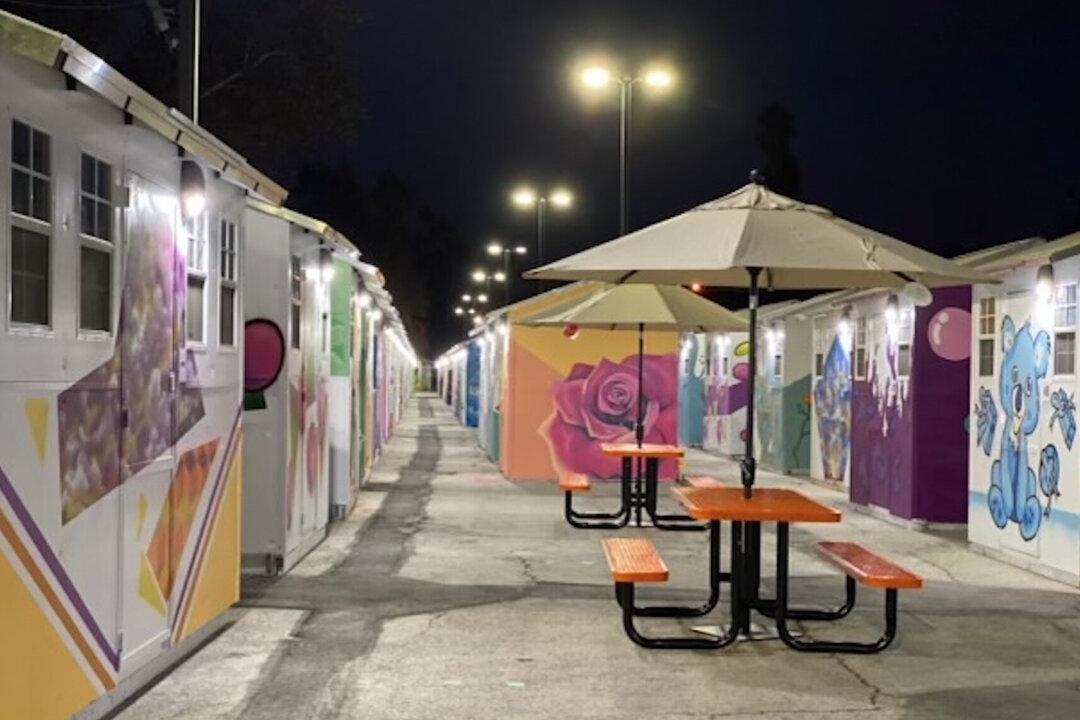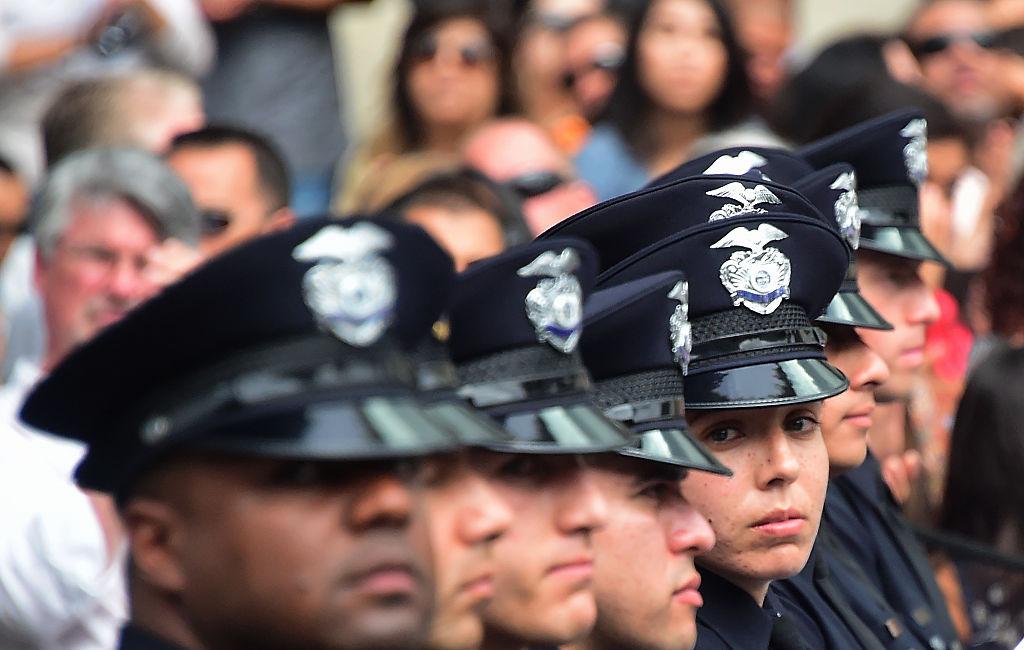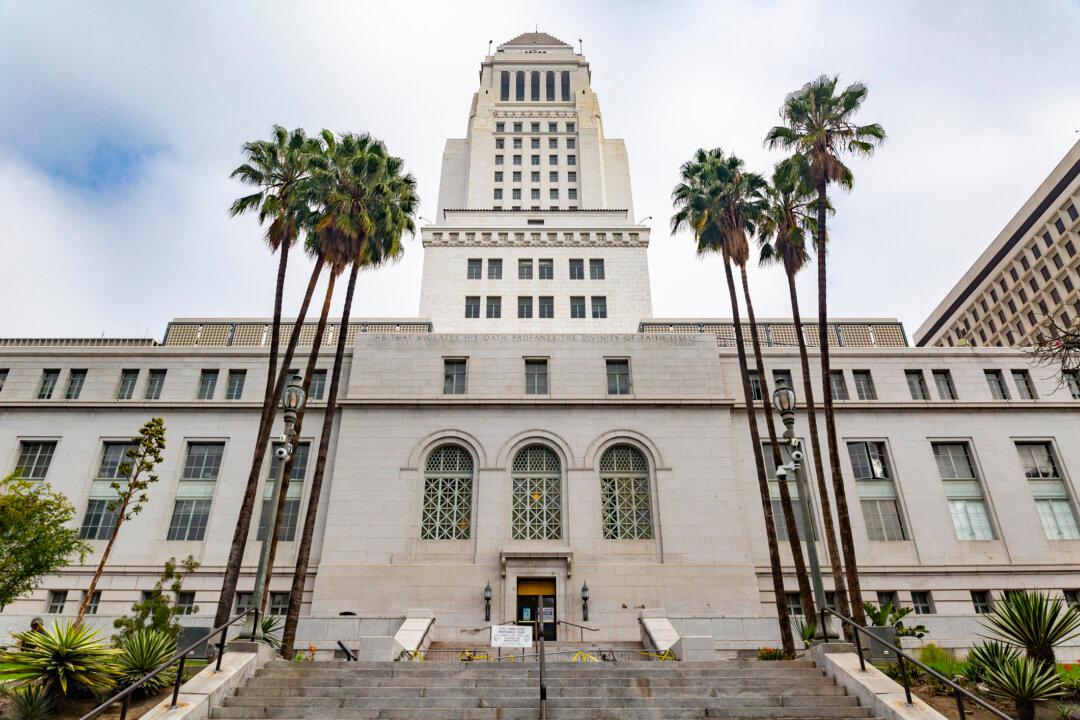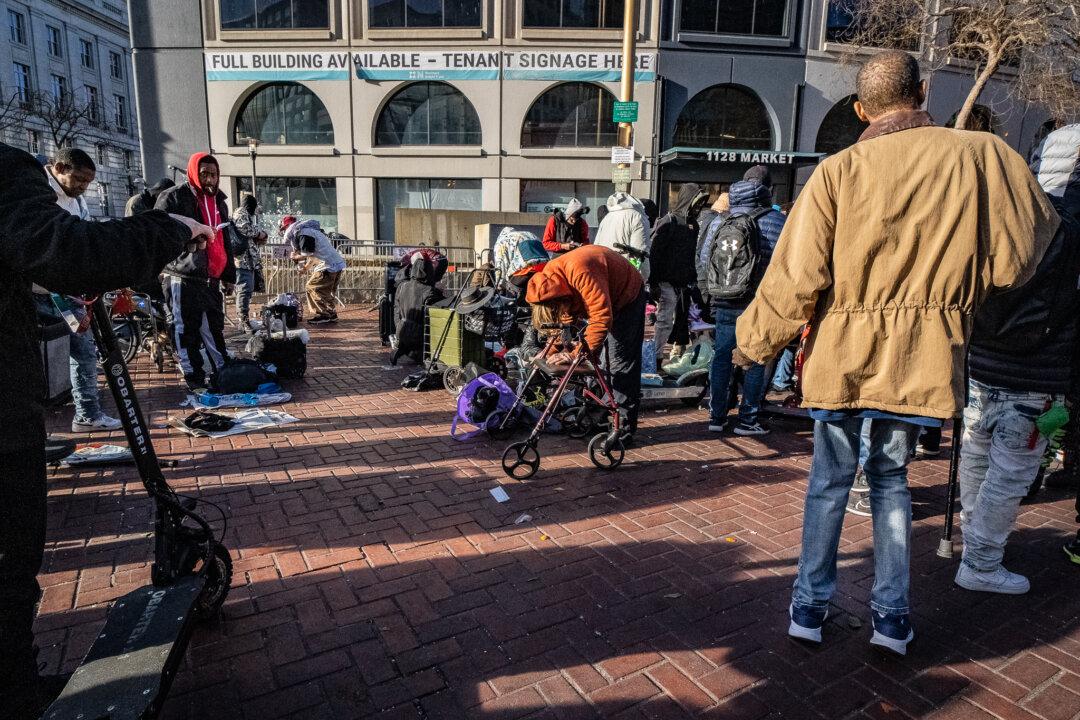The largest tiny home community in the United States recently opened in Los Angeles, with more than 220 beds being available. The 64-square-foot homes—also known as “pallets”—are billed as a cost-effective alternative to larger, more expensive permanent supportive housing units.
A handful of tiny home villages have sprung up across Los Angeles County recently, accommodating up to 1,000 homeless people. However, many of the projects funded by Measure HHH, a $1.2 billion bond approved in 2016 meant to expand interim housing for the homeless, have remained stuck in development pipelines.





